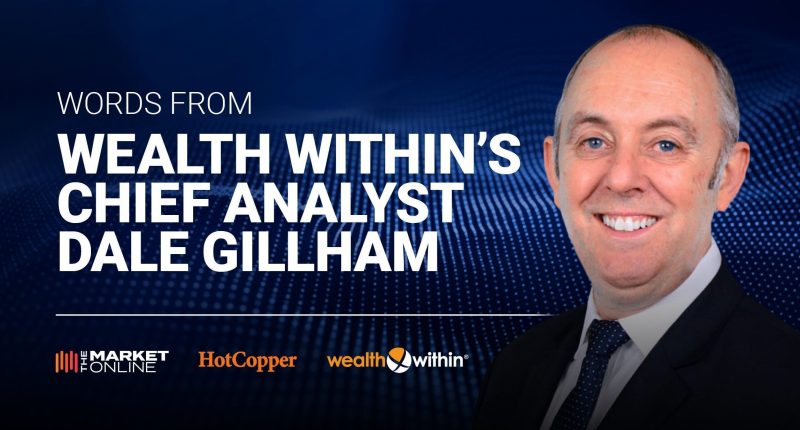As Bitcoin gains popularity and attracts institutional involvement, from the likes of BlackRock, its stability and long-term prospects appear solid. Betting against the world’s largest fund manager doesn’t seem wise, does it?
While Bitcoin has evolved significantly from its origins tied to the Silk Road (a hidden service on the Tor network), its rapid expansion necessitates more resources, presenting two critical challenges that could intersect at a pivotal moment.
Does Bitcoin contribute to climate change?
Firstly, recent studies indicate that if Bitcoin continues to grow at a pace similar to smartphones and credit cards, it could contribute to a global temperature rise exceeding 2 degrees Celsius by 2033. This conflicts directly with global efforts for net-zero emissions by 2050, potentially prompting governments worldwide to consider drastic measures on Bitcoin to meet climate targets.
Secondly, the sharp rise in energy prices in 2021, driven by challenges in transitioning to clean energy, increased post-COVID-19 demand, and geopolitical tensions like the Russian-German Nord Stream 2 pipeline, have put the viability of Bitcoin mining at risk. Bitcoin’s hash rate, which measures the computational power needed for network security and transactions, becomes more costly with increasing energy prices, and considering over half of its power comes from fossil fuel, it will be crucial for Bitcoin to swiftly adapt to renewable energy sources to avoid potential extinction.
Despite these challenges, Bitcoin’s price broke through to a new all-time high earlier this year. Since then, it has experienced a decline of approximately 30 per cent. Historically, after reaching new all-time highs, Bitcoin often undergoes corrections of 50-70 per cent, indicating the possibility of further declines is imminent.
Considering the current market conditions and Bitcoin’s potential, it’s crucial for investors eyeing this dynamic sector to carefully evaluate risks, particularly as Bitcoin’s rapid growth could be its own undoing in the long run.
What are the best and worst-performing sectors this week?
The best-performing sectors include Communication Services, Information Technology and Consumer Discretionary, which are all up over two per cent. The worst-performing sectors include Materials and Utilities, down over one per cent, followed by Energy, down just under one per cent.
The best-performing stocks in the ASX top 100 include Paladin Energy Ltd (ASX:PDN), up over seven per cent, followed by Mirvac Group (ASX:MGR), up over five per cent, and Xero Ltd (ASX:XRO), up over four per cent. The worst-performing stocks include South32 Ltd (ASX:S32), down over five per cent, followed by Whitehaven Coal Ltd (ASX:WHC), down over three per cent, and Rio Tinto Ltd (ASX:RIO), down over two per cent.
What’s next for the Australian stock market?
Buyers are actively driving the All Ordinaries index this week, pushing it up nearly one per cent, and bringing the previous all-time high of 8,168 within reach. What’s particularly exciting is that this marks the first time since the beginning of June that our market has surpassed 8,100 points, suggesting a new all-time high could be imminent in the coming weeks.
What should we anticipate in such a scenario? Typically, when markets achieve new all-time highs, there’s potential for a retracement as buyers and sellers adjust to the new levels. However, I don’t foresee this happening now, given the market’s current dynamics.
The extended period of sideways movement from March this year indicates that a strong directional move is next, leading me to believe the market will swiftly climb towards the 8,300 to 8,400 range, where I anticipate resistance. These levels are marked as resistance targets because historically, July sees an average increase of approximately 2.5 per cent, and so far, with the index up around 0.8 per cent for July, we are only one-third of the way there.
It’s also worth noting that 8,300 is a conservative target and the market could feasibly push higher, possibly encountering resistance around 8,600.
However, declining trading volumes over the past three weeks raise a cautionary note. A robust rise in market prices typically accompanies strong volume support, which is not present right now, so be prepared to adjust your strategy if the current bullish trend loses momentum and the market returns to its recent sideways pattern.
For now, good luck and good trading.
Dale Gillham is Chief Analyst at Wealth Within and international bestselling author of How to Beat the Managed Funds by 20%. He is also the author of Accelerate Your Wealth—It’s Your Money, Your Choice, which is available in bookstores and online at www.wealthwithin.com.au
DISCLAIMER: While Wealth Within holds an Australian Financial Services License (AFSL:226347) the information featured in this program is general in nature and therefore should not be relied upon. Before making any investment decisions, you should consult a licensed professional who can advise whether your investment decisions are appropriate for you.
The material provided in this article is for information only and should not be treated as investment advice. Viewers are encouraged to conduct their own research and consult with a certified financial advisor before making any investment decisions. For full disclaimer information, please click here.

